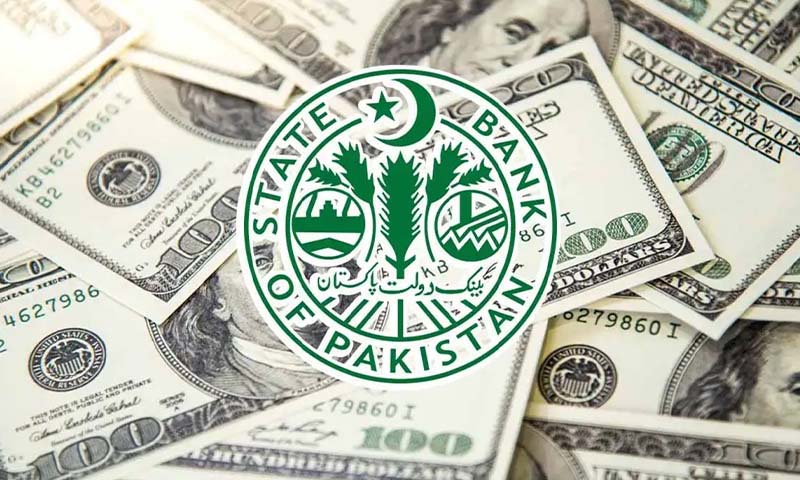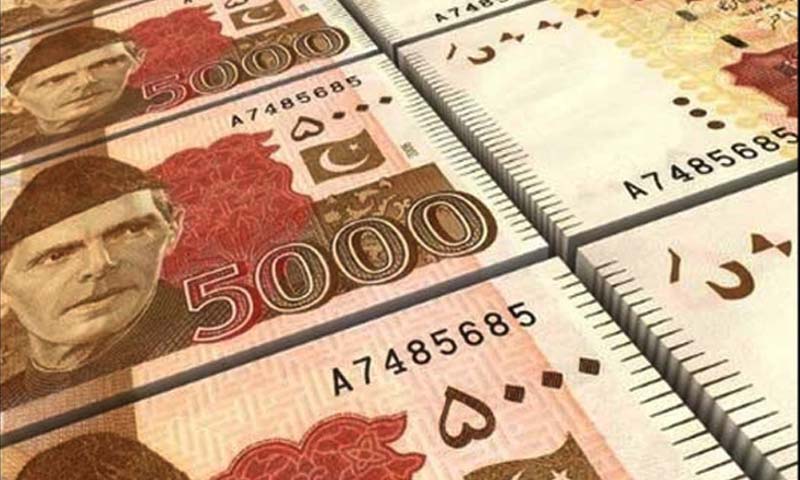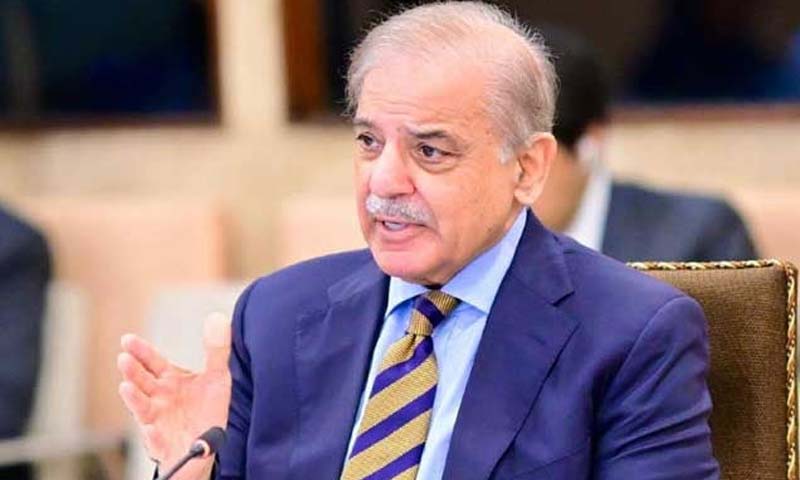- Web Desk
- Yesterday
Monthly economic report shows growth momentum, predicts 5pc inflation for Aug
-

- Syeda Masooma
- Aug 28, 2025

ISLAMABAD: Pakistan’s economy entered FY2026 with signs of continued stability and improvement across multiple sectors, supported by fiscal discipline, moderate inflation, rising exports, and stronger investor confidence. This was shown in the latest Monthly Economic Update and Outlook report released by the Ministry of Finance on Thursday.
The Ministry has noted that inflationary pressure could further mount due to the recent flood situation, which may disrupt food supplies and create additional economic stress. Despite that, there are positive signs of growth and recovery in the country’s economy.
The report highlights key trends and developments from July 2025, showing a consistent economic trajectory following the momentum built in FY2025. Here are the key areas:
MACROECONOMIC STABILITY AND FISCAL IMPROVEMENTS
The fiscal deficit narrowed to 5.4 per cent of GDP in FY2025, down from 6.9 per cent in FY2024 – the lowest level in eight years. The primary surplus reached Rs 2,719.4 billion (2.4 per cent of GDP), the highest in 24 years. Tax revenues increased by 26.2 per cent, and non-tax revenues grew by 65.7 per cent. In July FY2026 alone, FBR’s tax collection rose by 14.8 per cent year-on-year to Rs 757.4 billion.
Also read: Pakistan starts new fiscal year with $695m foreign inflows
Government spending was tightly managed, with total expenditures growing by 18.0 per cent. Development spending also rose sharply, with federal PSDP allocation up by 43.3 per cent.
EXTERNAL SECTOR SHOWS IMPROVED PERFORMANCE
The current account deficit in July FY2026 was recorded at $254 million, compared to $348 million in the same month last year. Exports increased by 16.2 per cent to $2.74 billion, while imports rose by 11.8 per cent to $5.42 billion. Growth in textile exports – including knitwear (43.5 per cent), garments (35.5 per cent), and bedwear (38.3 per cent) – contributed to the export increase. Remittances also rose by 7.4 per cent to $3.2 billion, led by inflows from Saudi Arabia and the UAE.
Net foreign direct investment (FDI) rose 6.9 per cent to $208.1 million in July. Major inflows came from China, Canada, and Hong Kong, with the power and financial sectors attracting the most interest. However, foreign portfolio investment showed a net outflow of $44.6 million.
Foreign exchange reserves stood at $19.6 billion as of August 15, including $14.3 billion held by the State Bank of Pakistan.
GRADUAL RECOVERY SEEN IN MANUFACTURING SECTOR
Large-Scale Manufacturing (LSM) showed a 4.1 per cent year-on-year increase in June 2025, although cumulative FY2025 LSM output declined by 0.74 per cent. Out of the 22 tracked sectors, 12 posted positive growth, including textiles, petroleum products, and pharmaceuticals. The automobile sector saw significant growth in July FY2026, with production of cars up 49 per cent, trucks and buses up 40.1 per cent, and jeeps and pickups up 34 per cent.
Cement dispatches in July reached 3.997 million tonnes, a 30.1 per cent year-on-year increase, driven by both domestic demand and exports.
INFLATION INCHES UP, MONETARY POLICY HOLDS STEADY
Consumer Price Index (CPI) inflation stood at 4.1 per cent in July 2025, down from 11.1 per cent a year earlier. While inflation rose 2.9 per cent month-on-month, it remains within the target range of 4-5 per cent. The Sensitive Price Indicator (SPI) for the third week of August declined slightly by 0.01 per cent.
The Monetary Policy Committee (MPC) kept the policy rate unchanged at 11 per cent in its July 30 meeting, citing risks from potential energy price adjustments, especially gas tariffs.
FINANCIAL MARKETS REFLECT POSITIVE SENTIMENT
The Pakistan Stock Exchange (PSX) continued its upward trend, with the KSE-100 index reaching a record high of 150,591 points in August. The index gained 13,763 points in July and closed at 139,390. Market capitalization rose to Rs 17.5 trillion ($62.2 billion), a significant increase from Rs 10.4 trillion ($37.4 billion) in August 2024.
OTHER AREAS SHOWING ENCOURAGING PERFORMANCE
Agricultural credit disbursement in FY2025 increased by 16.3 per cent to Rs 2.58 trillion. The government has pledged continued support for farmers through access to credit, inputs, and machinery, though heavy rains and floods remain a risk.
The number of overseas workers registered in July rose by 23.9 per cent to 63,255.
Interest-free loans worth Rs 840 million were distributed in July 2025 through the Pakistan Poverty Alleviation Fund (PPAF).
GLOBAL ECONOMIC OUTLOOK AND THE WAY FORWARD
According to the International Monetary Fund’s (IMF) July 2025 outlook, global growth is expected at 3.0 per cent in 2025 and 3.1 per cent in 2026. Growth is driven by services and easing trade restrictions in key economies. Global inflation is projected to decline to 4.2 per cent in 2025 and 3.6 per cent in 2026, though risks from tariffs, supply chain disruptions, and commodity prices remain.
Also read: PM calls for technology-driven customs reforms to facilitate trade
Meanwhile, Pakistan’s economic outlook for FY2026 appears stable. Continued reforms, a favorable global trade environment, easing inflation, and improved investor confidence are expected to support growth. The government’s focus on private sector-led development, improved fiscal management, and export promotion may further enhance performance. However, flood-related disruptions and external economic volatility could pose challenges in the months ahead, the report said.




